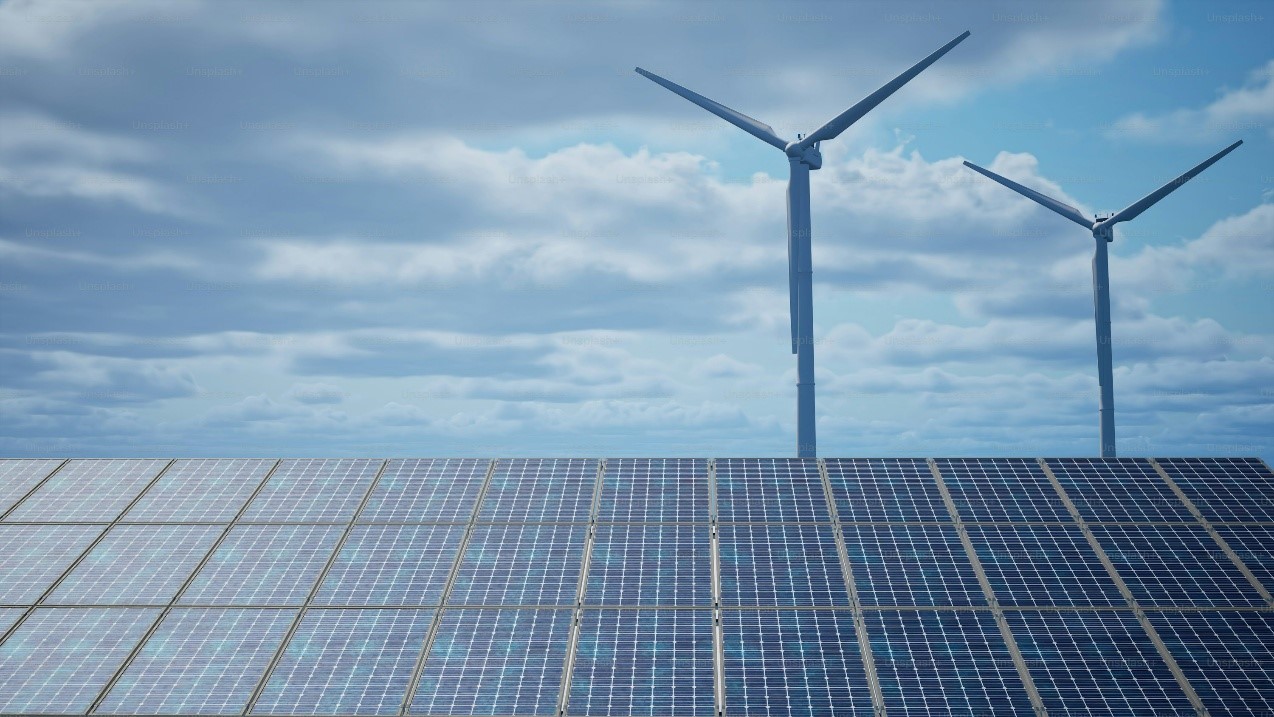iggesund&rsquos fossilfree mill the vision is within reach "we&39re getting close to the vision of a fossilfree mill that we&rsquove lived with and that has driven our investments for a long time," says mill director olov winblad von walter. "our new recovery boiler, which came on line in spring 2012, is getting better and better as we fine tune it, and our increasing pulp production is also boosting our energy production."for a while in midapril iggesund paperboard&rsquos swedish paperboard mill, iggesund mill, was able to operate solely on bioenergy and also supply almost all its own electricity needs. another important aspect in the vision for iggesund mill is that emissions to air and water should be so low that iggesund is among the global leaders among comparable manufacturers. yet another goal is that a minimum of byproducts will go to landfill.iggesund mill is one of the world&rsquos integrated paperboard mills with the highest level of investment. when it started up the new recovery boiler was the mill&rsquos biggest investment to date, at a cost of about eur 250 million. the boiler enabled the mill to gradually increase its annual pulp production from what was then 350,000 tonnes to 420,000.&ldquoour sulphate process for pulp production means that we separate out the cellulose fibres that comprise half the mass of a log,&rdquo winblad von walter continues. &ldquothe other half consists of the wood&rsquos binding agent, which is mostly an energyrich substance called lignin. we burn this in the recovery boiler and it produces enough steam and electricity to cover more than 90 per cent of our energy needs.&rdquo a fossilfree energy supply is not the only benefit from iggesund&rsquos new recovery boiler. after the boiler had been fine tuned, it turned out that particle emissions from the mill, which were already low, had been halved. sulphur emissions, which contribute to the acidification of surrounding land, have also fallen by more than 80 per cent from what were already low levels.







